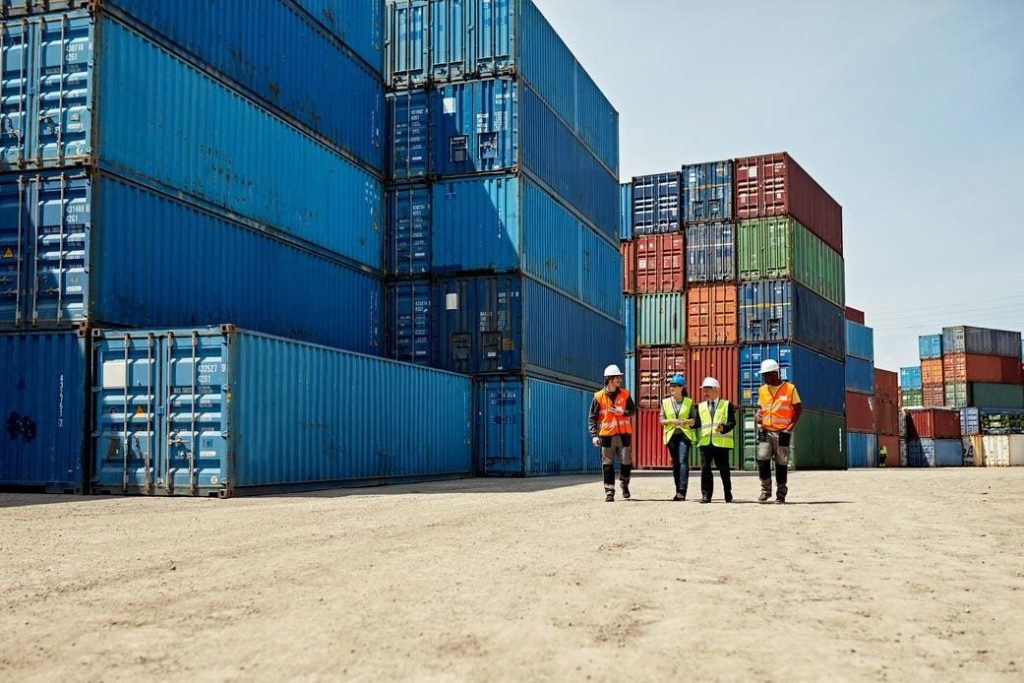Steve Flagg, the CEO and founder of Supplyframe, believes that companies need to approach supply chain risk in a more holistic manner to increase resilience. He stresses the importance of considering a wider range of factors such as geopolitical, part life cycle, demand, lead time, and financial health in order to build resilience from the early stages of the product life cycle. According to Flagg, up to 80% of the lifetime risk, cost, and sustainability impact of a hardware product is determined at the design stage.
To achieve balance and make optimal decisions related to design, quality, and cost margin goals, companies need to normalize and contextualize risk insights throughout the product life cycle. This involves breaking down silos within organizations that limit visibility and alignment, and using collaboration and digital tools to bring people and decision-making together. By aligning procurement and risk management teams, companies can address risk earlier in the product life cycle and make more informed decisions.
Operationalizing risk management at both the part level and bill of materials level is essential in creating a resilient supply chain that can withstand shocks and bounce back stronger. Using contextual market intelligence, companies can assess all attributes of risk associated with each part, supplier health, and production location. In addition, expanding supply chain risk management to consider climate risks and sustainability is crucial for comprehensive risk assessment.
Many companies prioritize quality assurance over risk management, especially in regulated industries. However, it is important to apply the same rigor to risk management as to quality assurance to ensure comprehensive and consistent risk assessment and address risk factors effectively. By standardizing risk assessment processes and including risk as part of the standard review process, companies can make more informed tradeoff decisions earlier in the product life cycle.
By exploring the development of a holistic risk index tailored to their organization and specific goals, companies can weigh impactful risk factors and make consistent tradeoff decisions across all products. This risk index should draw from real-time market intelligence and integrate with enterprise systems and supplier scorecards. The implementation of a risk index can support continuous improvement and help companies understand the impact of tradeoff decisions on product health and company performance, ultimately improving decision-making at the design stage.


